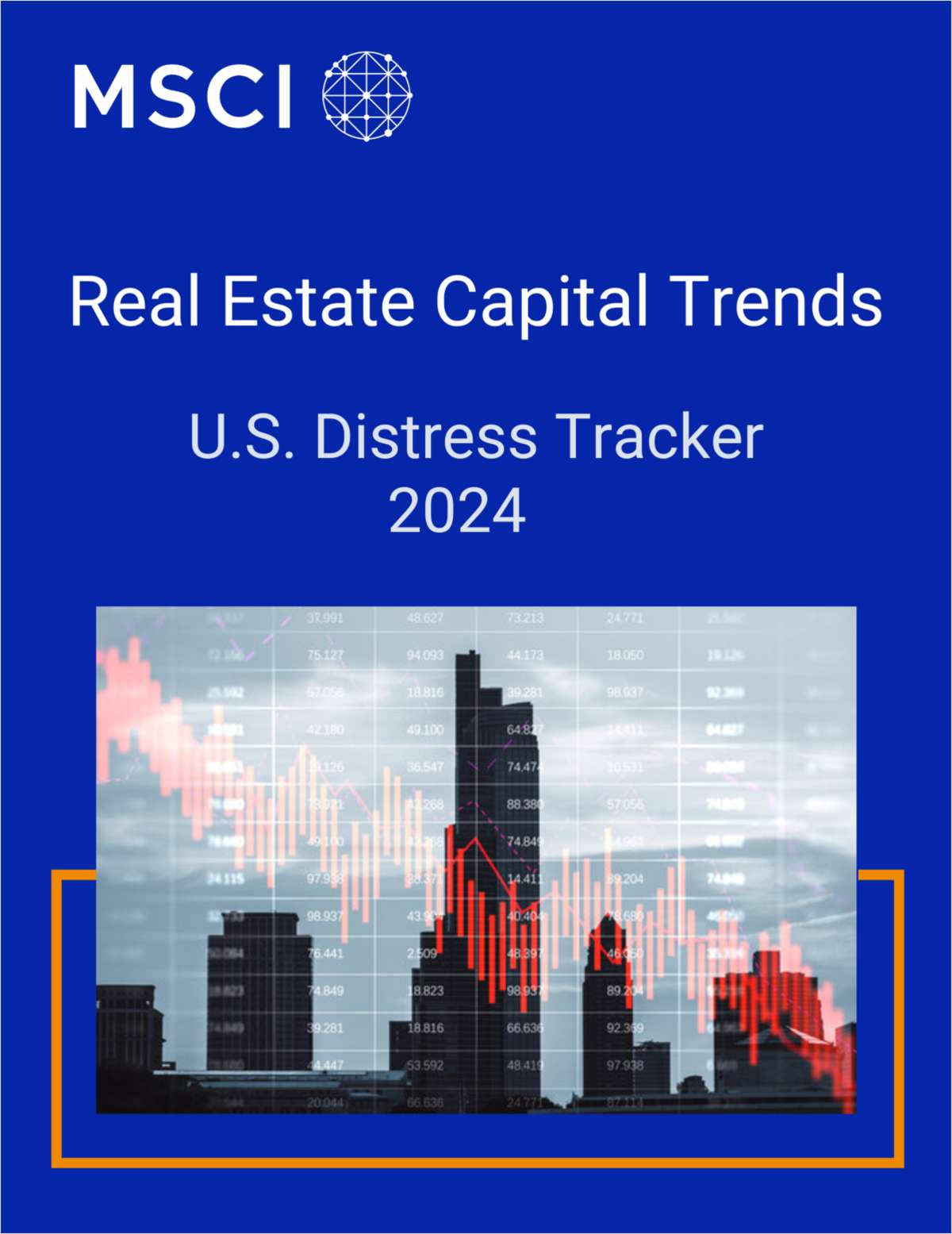(Save the date: RealShare L.A. comes to the Hyatt Regency Century Plaza in Los Angeles, CA on March 27, 2013)
LOS ANGELES-The two-plus year-old recovery of US industrial real estate markets will extend into 2013, CBRE Group Inc. forecasts, as modest economic growth and increased global trade through the US will help sustain demand improvements for warehouse and distribution space. The brokerage firm exclusively tells GlobeSt.com that it expects the national industrial availability rate to fall to 12.2% in 2013 and 11.3% by the end of 2014.
These rates will decline from 13.1% in Q3 2012. The national industrial availability rate peaked at 14.6% in Q2 2010, says the firm.
 |
| “US industrial markets continue to struggle against a residual overhang of space stemming from the last recession and weak economic fundamentals, which has limited demand,” notes Arthur Jones, senior managing economist at CBRE Econometric Advisors. “Nevertheless steady absorption over the past two years has finally reduced available space to the point where property owners in select markets can now command higher rents.” Jones adds that “While economic and fiscal policy uncertainty continues to constrain demand, we expect the recovery of industrial real estate to accelerate over the next two years.” Helping the recovery along is an absence of new industrial facilities being built, as to date rent growth has not been strong enough to support new construction, says the firm. Only 41 million square feet of industrial space is expected to be completed in 2012, well below the pre-recession historical norm which averaged approximately 150 million square feet on an annual basis, says the firm. However, rent growth is expected to gain momentum, rising from an expected 2.4% in 2012 to more than 3% in 2013 and nearly 5% in 2014, says CBRE. “Industrial rents, while keeping pace with inflation this year, will grow above the rate of inflation in 2013 for the first time since 2006.” |
 |
| According to the firm, inventory growth remained positive during the quarter and continues to support industrial demand. Inventory changes are one of the most highly correlated demand drivers for the industrial sector—specifically warehouse, which accounts for nearly two thirds of the nation’s stock of space. The correlation between warehouse demand and inventory changes is nearly 80%. Inventories grew by $8.5 billion during the quarter—less than in previous quarters, but still positive. Digging deeper into the numbers, CBRE notes that it is interesting to see that the wholesale trade and manufacturing categories were what actually drove the inventory expansion during the second quarter, and are most directly related to industrial demand. |
 |
| Industrial production growth was down by 0.6% during the third quarter, as most sectors—and specifically the transportation equipment sector—slowed. As of the most recent report, according to CBRE, the nation’s industrial production index was 97—just 3% below its pre-recession peak. The Federal Reserve’s industrial production index covers all industrial sectors, including manufacturing, mining, and utilities. Natural resource extraction industries continue to boom, says the firm, with the sector nearly 25% above pre-recession levels—led by natural gas and oil extraction, “which continue to benefit from the new shale drilling technologies.” The transportation equipment sector also remains strong at about 5% above prerecession levels, but this is down from Q2, says CBRE. According to the firm, the automobile component is currently at 140.1, which is more than 40% above 2007 levels. “Meanwhile, new manufacturers’ orders, often a precursor to industrial production, continues its recovery as well—up 45% from its recessionary lows.” |
 |
| In September, the nation’s capacity utilization rate stood at 78.3%, while manufacturing capacity was at 76.8%; both figures are below their long-term averages and represent a slowdown from Q2, says CBRE. Digging into the manufacturing sector’s numbers, some industry groups are operating above their long-term historical averages for capacity utilization, which may foreshadow new investment in infrastructure, including new industrial real estate, says the firm. “The food sector, for example, at 83.6%, is currently operating above its historical average of 82.3%.” |
Continue Reading for Free
Register and gain access to:
- Breaking commercial real estate news and analysis, on-site and via our newsletters and custom alerts
- Educational webcasts, white papers, and ebooks from industry thought leaders
- Critical coverage of the property casualty insurance and financial advisory markets on our other ALM sites, PropertyCasualty360 and ThinkAdvisor
Already have an account? Sign In Now
© 2024 ALM Global, LLC, All Rights Reserved. Request academic re-use from www.copyright.com. All other uses, submit a request to [email protected]. For more information visit Asset & Logo Licensing.








